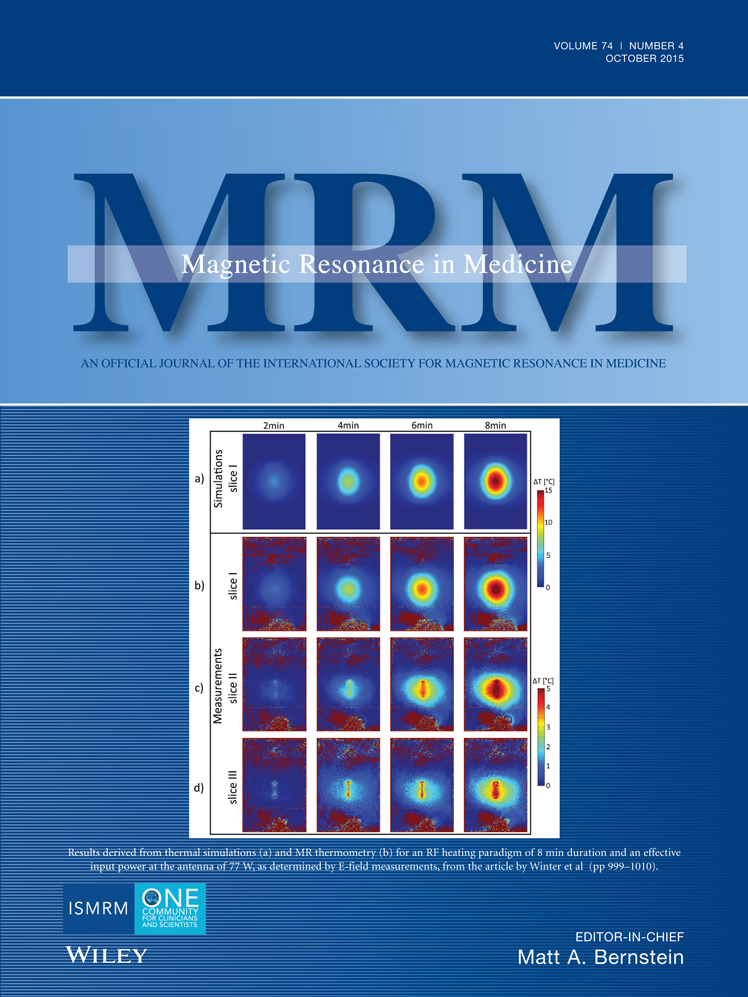Integrated image reconstruction and gradient nonlinearity correction
Abstract
Purpose
To describe a model-based reconstruction strategy for routine magnetic resonance imaging that accounts for gradient nonlinearity (GNL) during rather than after transformation to the image domain, and demonstrate that this approach reduces the spatial resolution loss that occurs during strictly image-domain GNL-correction.
Methods
After reviewing conventional GNL-correction methods, we propose a generic signal model for GNL-affected magnetic resonance imaging acquisitions, discuss how it incorporates into contemporary image reconstruction platforms, and describe efficient nonuniform fast Fourier transform-based computational routines for these. The impact of GNL-correction on spatial resolution by the conventional and proposed approaches is investigated on phantom data acquired at varying offsets from gradient isocenter, as well as on fully sampled and (retrospectively) undersampled in vivo acquisitions.
Results
Phantom results demonstrate that resolution loss that occurs during GNL-correction is significantly less for the proposed strategy than for the standard approach at distances >10 cm from isocenter with a 35 cm field-of-view gradient coil. The in vivo results suggest that the proposed strategy better preserves fine anatomical detail than retrospective GNL-correction while offering comparable geometric correction.
Conclusion
Accounting for GNL during image reconstruction allows geometric distortion to be corrected with less spatial resolution loss than is typically observed with the conventional image domain correction strategy. Magn Reson Med 74:1019–1031, 2015. © 2014 Wiley Periodicals, Inc.




